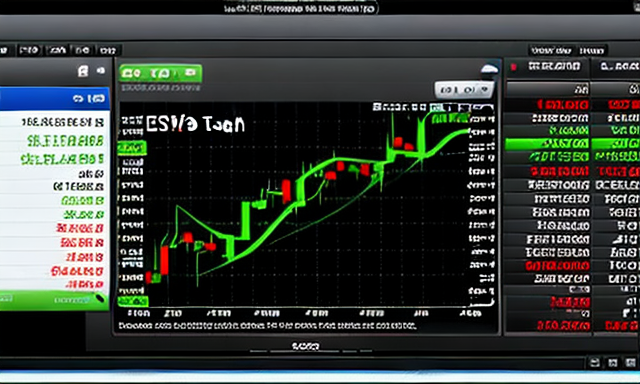Successful trading requires a deep understanding of market dynamics, trends, and patterns. Indicator tools are invaluable aids for traders, helping them make informed decisions in the ever-changing world of finance. In this blog, we'll delve into the world of indicator tools in trading, exploring what they are, how they work, and how to use them effectively.
What Are Indicator Tools in Trading?
Indicator tools are graphical or mathematical representations of market data designed to provide insights into price movements, trends, and potential turning points. Traders use these tools to analyze historical data, identify patterns, and predict future price movements.
Types of Indicator Tools
There are numerous types of indicator tools, each serving a specific purpose in trading. Here are some of the most commonly used categories:
1. Trend Indicators: These tools help traders identify the prevailing direction of a market trend. Common trend indicators include Moving Averages (SMA, EMA), Average Directional Index (ADX), and Parabolic SAR.
2. Momentum Indicators: Momentum indicators assess the strength or weakness of a trend and its potential for continuation or reversal. Popular momentum indicators include Relative Strength Index (RSI), Stochastic Oscillator, and MACD (Moving Average Convergence Divergence).
3. Volatility Indicators: Volatility indicators measure the degree of price fluctuations. The Bollinger Bands and Average True Range (ATR) are examples of volatility indicators.
4. Volume Indicators: Volume indicators track the trading volume associated with price movements. The On-Balance Volume (OBV) and Chaikin Money Flow are common volume indicators.
5. Oscillators: Oscillators oscillate between specific values, often helping traders identify overbought or oversold conditions. Aside from RSI and Stochastic Oscillator, the Commodity Channel Index (CCI) falls into this category.
How to Use Indicator Tools Effectively
Using indicator tools effectively requires a blend of technical analysis skills and practical experience. Here are some tips for using these tools:
1. Understand the Purpose: Before using any indicator, understand its purpose and what it reveals about the market. This ensures you apply the right tool to the right situation.
2. Combine Indicators: Instead of relying on a single indicator, consider using multiple indicators to cross-verify signals. This can enhance the reliability of your trading decisions.
3. Backtesting: Test indicator strategies on historical data to gauge their effectiveness. Be aware that past performance is not always indicative of future results, but backtesting can help you fine-tune your strategy.
4. Time Frame Matters: Indicator effectiveness can vary depending on the time frame you're trading. Consider your trading style (e.g., day trading, swing trading, or long-term investing) when choosing your time frame.
5. Risk Management: Always incorporate risk management strategies into your trading plan. Indicators can help you identify potential entry and exit points, but they should be used in conjunction with stop-loss orders to manage risk.
6. Continuous Learning: The world of trading is dynamic, with new indicators and techniques emerging regularly. Stay updated with the latest developments and continuously refine your skills.
Indicator tools in trading are essential aids for traders seeking to make informed decisions in the financial markets. By understanding the purpose and function of various indicators, applying them appropriately, and integrating them into a well-thought-out trading strategy, you can enhance your trading success. However, remember that no indicator is foolproof, and prudent risk management remains paramount in trading.
